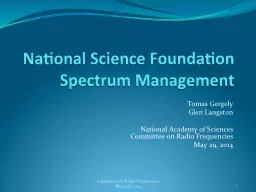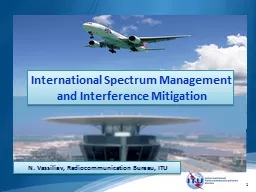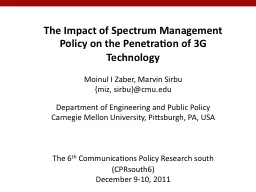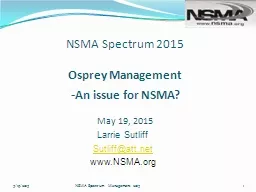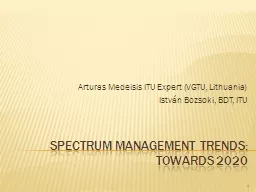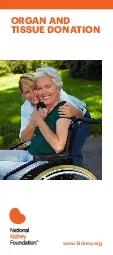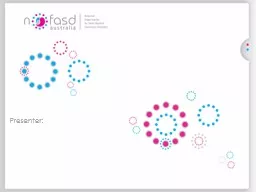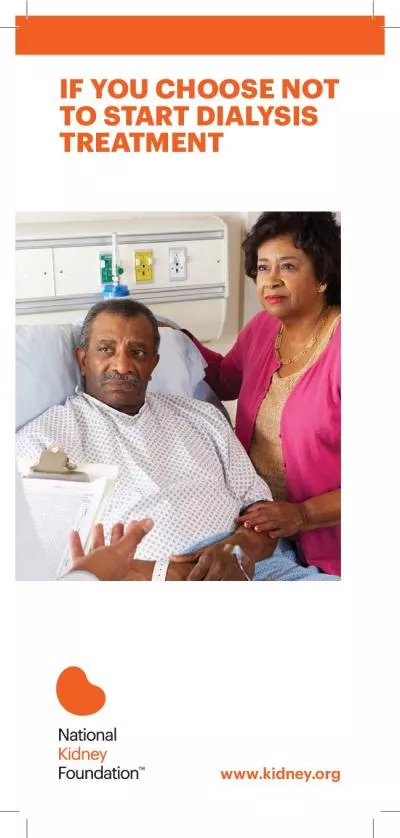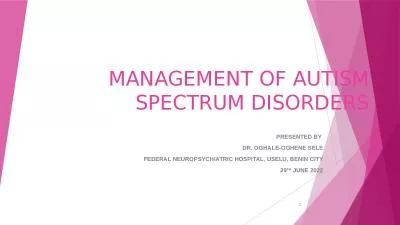PPT-National Science Foundation Spectrum Management
Author : kittie-lecroy | Published Date : 2017-08-27
Tomas Gergely Glen Langston National Academy of Sciences Committee on Radio Frequencies May 29 2014 Spectrum Management Challenges 2014 2015 Spectrum protections
Presentation Embed Code
Download Presentation
Download Presentation The PPT/PDF document "National Science Foundation Spectrum Man..." is the property of its rightful owner. Permission is granted to download and print the materials on this website for personal, non-commercial use only, and to display it on your personal computer provided you do not modify the materials and that you retain all copyright notices contained in the materials. By downloading content from our website, you accept the terms of this agreement.
National Science Foundation Spectrum Management: Transcript
Download Rules Of Document
"National Science Foundation Spectrum Management"The content belongs to its owner. You may download and print it for personal use, without modification, and keep all copyright notices. By downloading, you agree to these terms.
Related Documents

